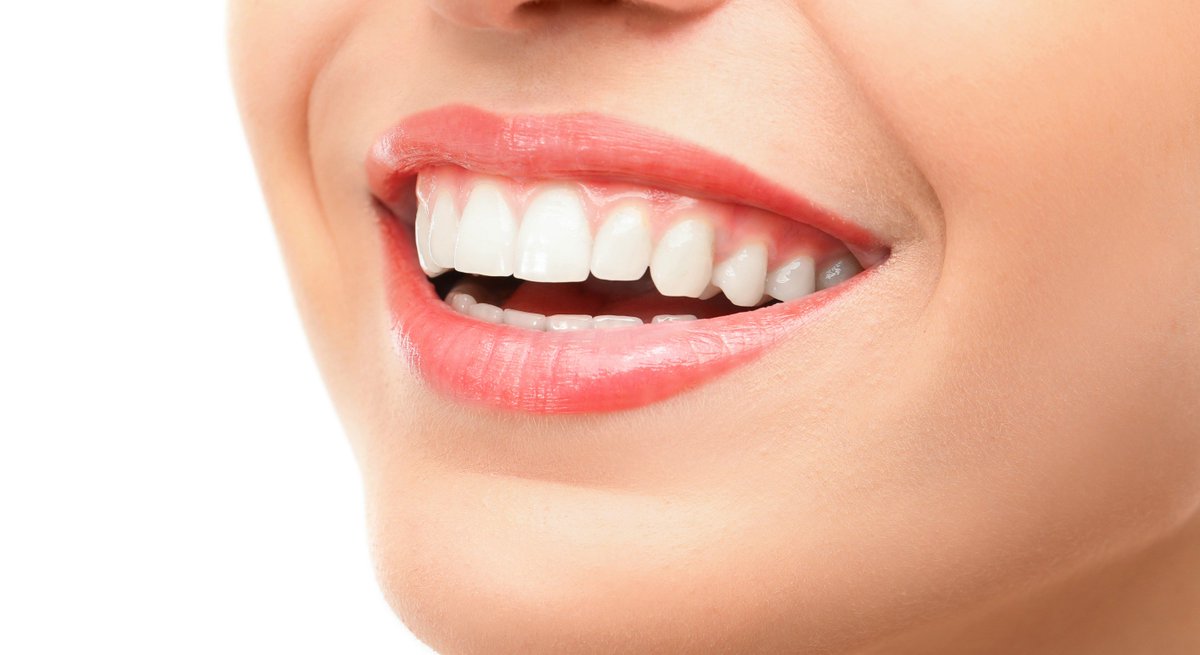A kind of dental malocclusion known as a crossbite occurs when one or more upper jaw teeth occlude with lower teeth when the jaw is closed. In some situations, this misalignment might make it difficult to chew, speak, or even breathe. Fortunately, crossbite can be corrected, and depending on how severe it is, there are a number of different treatments.
In this blog post, we’ll look at crossbite, its causes, potential effects if it goes untreated, and the many ways to fix it.
What is Crossbite?
When the jaw is closed, a crossbite occurs when the upper teeth are positioned inside the lower teeth. The front or back teeth may be impacted by this, and it may occur on one or both sides of the mouth.
There are two categories of crossbites:
- An anterior crossbite is a condition where, when the jaw is closed, the upper front teeth are positioned behind the lower front teeth.
- Posterior crossbite: This occurs when the upper back teeth sit inside the lower back teeth when the jaw is closed.
Causes of Crossbite –
Genetics, mouth breathing, thumb sucking, tongue thrusting, and prolonged use of pacifiers or bottles during childhood are just a few of the reasons that might result in crossbites. Crossbites may also be caused by an imbalance between the upper and lower jaws’ size or shape, or by the teeth themselves.
Impact of an untreated crossbite –
Crossbite can result in a number of issues if left untreated, including:
- Difficulty in biting and chewing food
- Speech impediments
- Increased risk of tooth decay and gum disease due to difficulty in cleaning the affected teeth properly.
- The deterioration that is uneven causes dental issues
- Jaw discomfort and pain
- Breathing problems
- Cosmetic issues
Treatment Options for Crossbite –
The severity of the condition, the patient’s age, and the underlying reason all affect the course of treatment for crossbite.
The following are a few options for treating crossbite correction:
Braces: The most popular and efficient method of correcting a crossbite is braces. They function by gently pressing the teeth into the appropriate position. Depending on the severity of the illness, brace therapy might last anywhere from a few months to a few years.
Expanders: Are used to treat an upper jaw that is too narrow and may result in a posterior crossbite. To function, they exert pressure on the upper jaw to widen it and make room for the teeth to fit properly.
Invisalign: This is an alternative to traditional braces for correcting crossbites. Invisalign aligners are clear plastic trays that are custom-made to fit over the teeth. They work by applying gentle pressure on the teeth, gradually moving them into the correct position.
Surgery: May be required in severe cases of crossbite. The surgery involves shifting the upper or lower jaw into the proper position, and to maintain the correction it may be followed by braces or other orthodontic treatment.
Conclusion –
Crossbite is a common dental problem that can be corrected with proper treatment. The treatment options range from traditional braces to modern solutions like Invisalign. It’s essential to seek professional dental advice from a reputable clinic to determine the best treatment plan for your crossbite. Dolphin Dental Clinic is one of the best clinics in Pune for crossbite correction, offering a range of effective treatment options and a team of experienced dental professionals to guide you through the process. Don’t let crossbite affect your dental health and quality of life, book an appointment with Dolphin Dental Clinic today.

